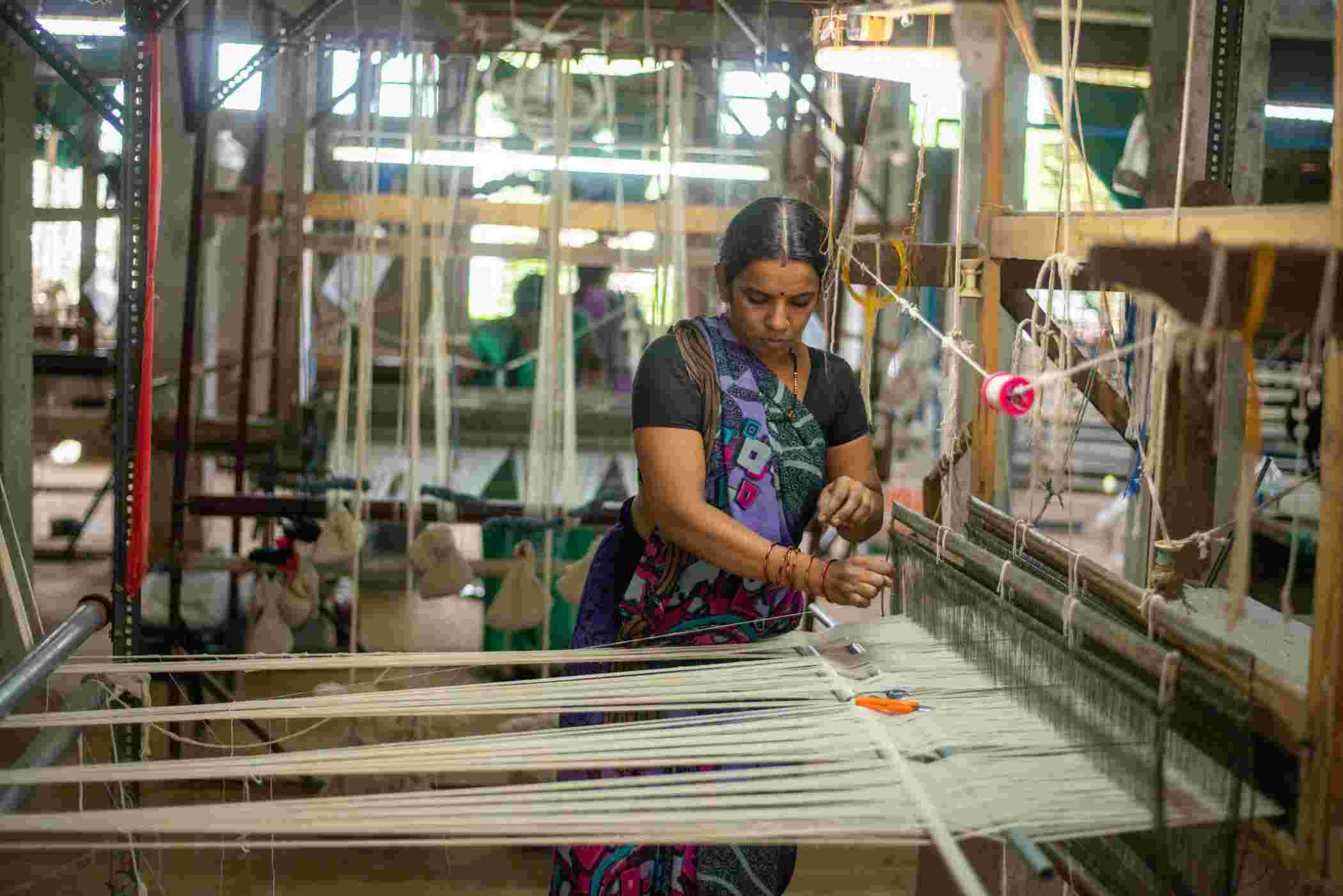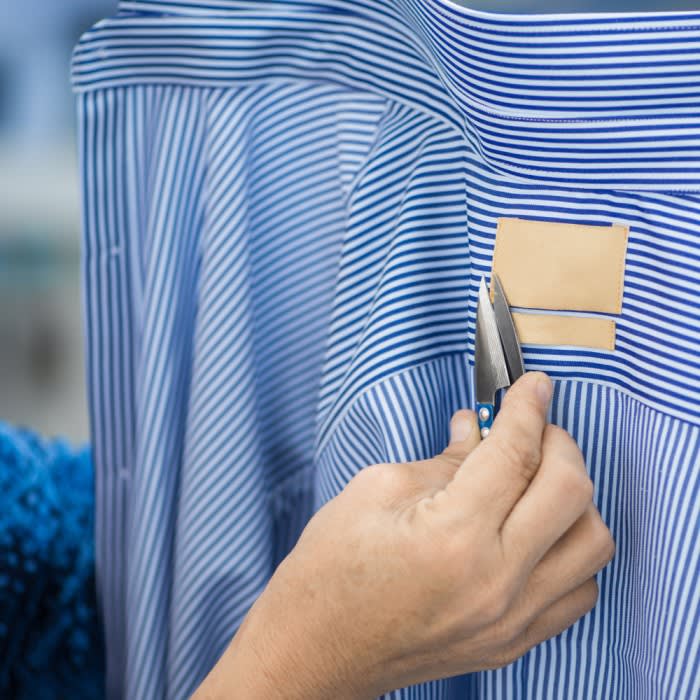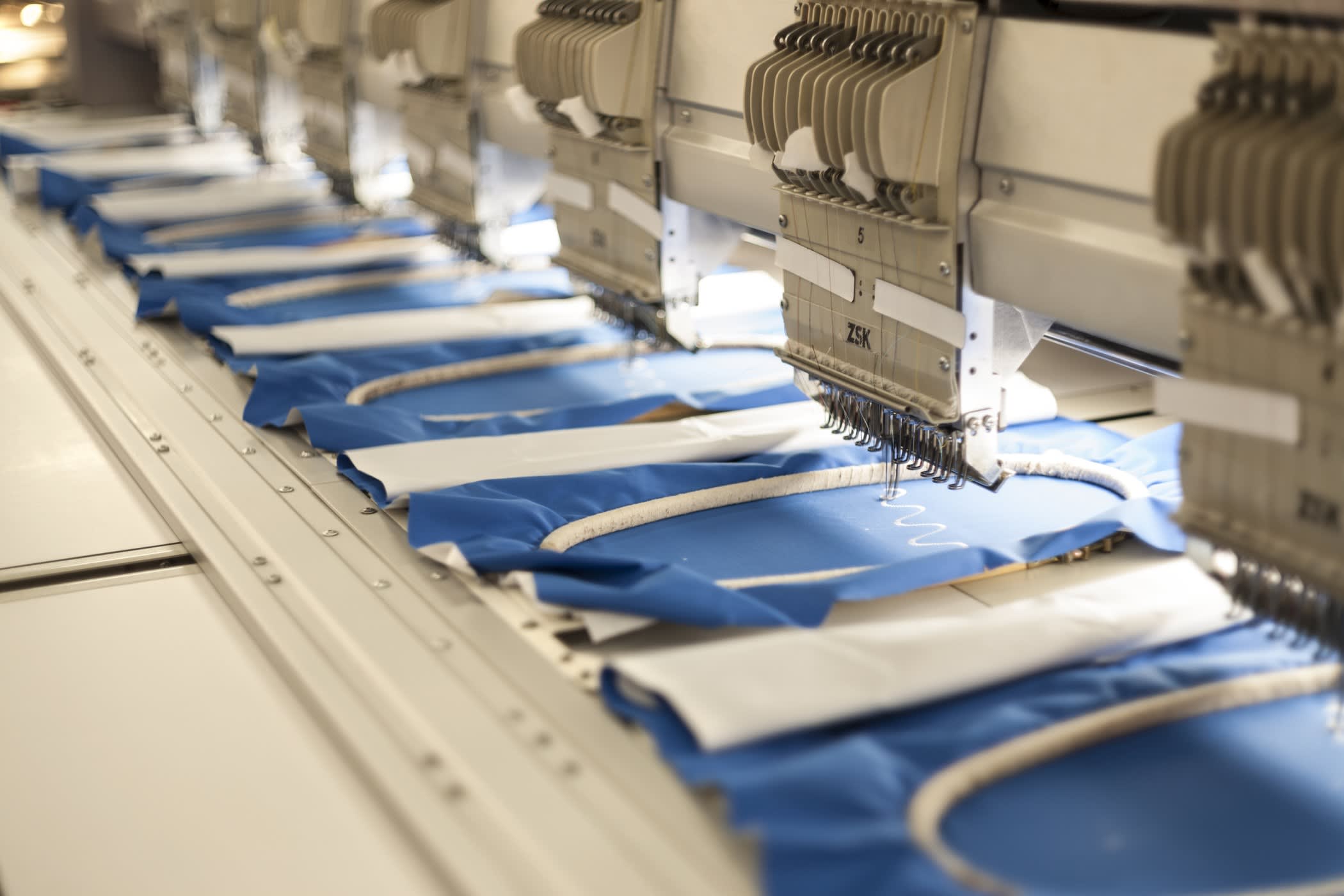4 Ways To Implement Lean Manufacturing In Your Clothing Brand: A Blog About Lean Production And How You Can Apply It In Your Business

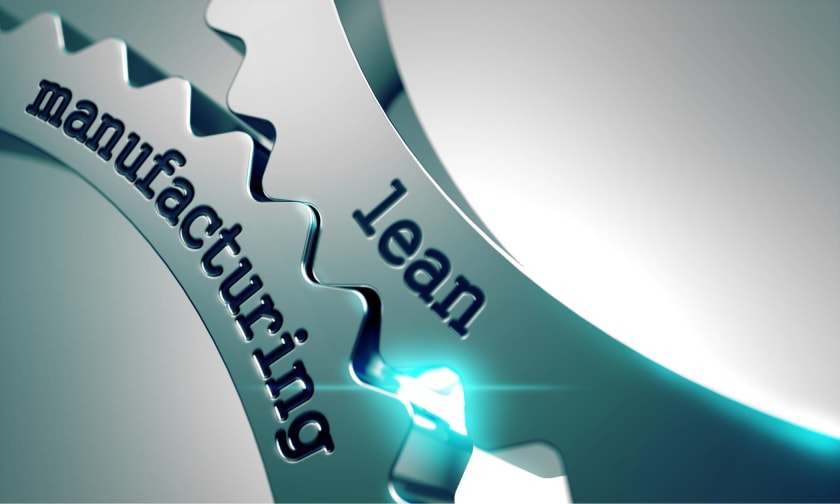

With the world moving more and more towards sustainable goals to protect the ecosystem, the apparel and footwear industry, which accounts for almost 10% of the global greenhouse gas emissions, has had to move towards a more sustainable future as well. The talk of conscious or sustainable clothing is everywhere, and almost every known brand is aiming to build its own range of conscious clothing. Big brands, including retail behemoths like Zara, Mango, and H&M, have attempted to develop their own line of conscious clothing. The application of lean manufacturing or lean production comes into play within the same context. The attempt would be to understand what lean production exactly is and the four ways it could be applied to any new apparel enterprise.
What is Lean Production?
Lean Manufacturing or Lean production could be explained as a systematized approach towards building a production cycle that requires the least possible time for production. It is achieved so by eliminating the process of waste production through rigorous and continuous alterations. The aim is to make the operation extremely efficient by creating a system that consists of steps that add some value to the process and cannot be skipped. To put it in simpler terms, lean production could be defined as a way of manufacturing in which there is little to no wastage of material, time, or energy. The apparel industry at large and just sewn products, in general, must constantly attempt to improve its product quality and production methods because of its hyper-competitive nature. In such an industry, the method of lean production is appropriate because it aims at achieving absolute operational efficiency while reducing costs. The ways in which lean production helps in achieving better results in the apparel industry would be:
- It increases productivity
- It reduces cycle time
- It eliminates manufacturing waste
- It improves product quality
- It improves profit margin

The ways in which the tools of lean production can be applied to a business:
There are several tools that could be applied for achieving lean production. The four best tools that can be applied to an apparel and footwear industry has been listed below:
The Japanese 5S Method:
5S could be considered as one of the preliminary steps to achieve lean production. It comes from the Japanese 5S which is seiri, seiketsu, seiso, seiton and shitsuke. When translated in English, the 5S stands for sort, set, shine, standardize and sustain. The adoption of these 5S helps in achieving a more organized and clean workplace. It does so by continuously identifying problems and waste in the production methods and replacing them with non-redundant processes.
Continuous Improvement- Kaizen
This is yet another tool of lean production that originates from the Japanese word ‘kai,' which means continuous, and ‘zen,’ which means improvement. The word, therefore, roughly translates in English to ‘continuous improvement.’ This process requires no external investment. Changes are made on every level of production, from operations to manufacturing to marketing to retail, to optimize the production.
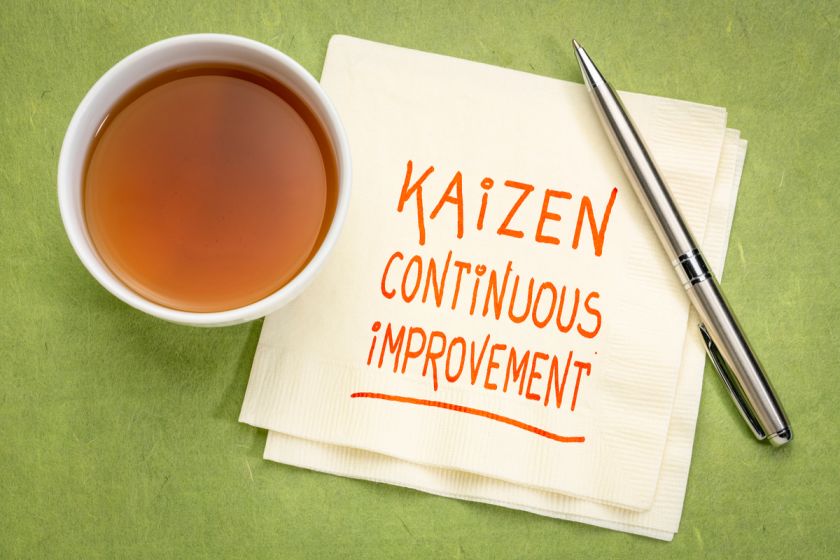
Standardized Work
This is probably the most powerful lean production tool. It documents the best practice, which is the underlining factor for kaizen or continuous improvement. When the current standard is improved, the goal is to make the new standard the underlining factor for further improvements, and the process goes on. It is, therefore, an eternal cycle where there is no limit to making improvements to the standardized work. Standardized work primarily consists of three parts:
- The rate at which products are manufactured in order to meet consumer demand.
- The sequence of steps followed in the manufacturing process which the operator is supposed to accomplish within the cycle time.
- The optimum inventory that is required to keep the production running at all times without inventory waste.
Poka-Yoke
This tool helps to mistake-proof and eliminate errors at the very inception of the manufacturing process. It helps in detecting errors and correcting them even before the next step of the operation is reached. Poka-Yoke, therefore, helps in the prevention of damage to the apparel produced and the machinery used at the same time.
Conclusion:
The four ways discussed can be used without much hassle in any garment manufacturing enterprise. The adoption of lean production is predicted to be the future of not just the apparel industry but also every manufacturing industry out there. It reduces the production of waste remarkably and, therefore, makes industries profitable and a lesser threat to the environment. Lean production thus can be deemed as the governing factor for emerging apparel brands.















